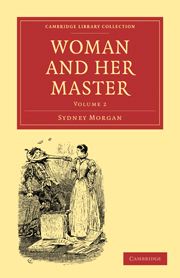Summary
During the anarchical reign and divided sway of the Emperor Gallienus, (whose father Valerian was held in captivity by “the great king,” who had already humbled Rome, and was at the head of a force which recalled the armies of Artaxerxes,) a new political power suddenly sprung up amidst the sandy deserts of the East. This power, (a political phenomenon, like the produce of some sudden eruption in the natural world) was created by the energy and genius of a woman; and it swept over the hosts of the worshippers of the Sun, humbling the pride, and checking the rapid course of the haughty representatives of Cyrus and Mandane.
Amidst the most barren deserts of Arabia, there bloomed an oasis, (like some island Eden rising out of the sandy ocean) which, from the beauty and shade of its palms, bore the name of Palmyra, and which tradition assumed to have been the site of the Tadmor of King Solomon. Its pure air, its numerous springs, and fruitful soil, with its happy position, (between the gulph of Persia and the Mediterranean) had made it a halt for the caravans, which bore to Rome and to the remotest nations of its empire the rich productions of India. For the mutual commercial benefits it conferred on the Roman and Parthian empires, the little republic of the desert had been long suffered to maintain a peaceable obscurity; and it still preserved an humble neutrality, until it was suddenly raised to be the capital of an empire, and to stand forth the rival of Rome herself.
- Type
- Chapter
- Information
- Woman and her Master , pp. 324 - 365Publisher: Cambridge University PressPrint publication year: 2010First published in: 1840

